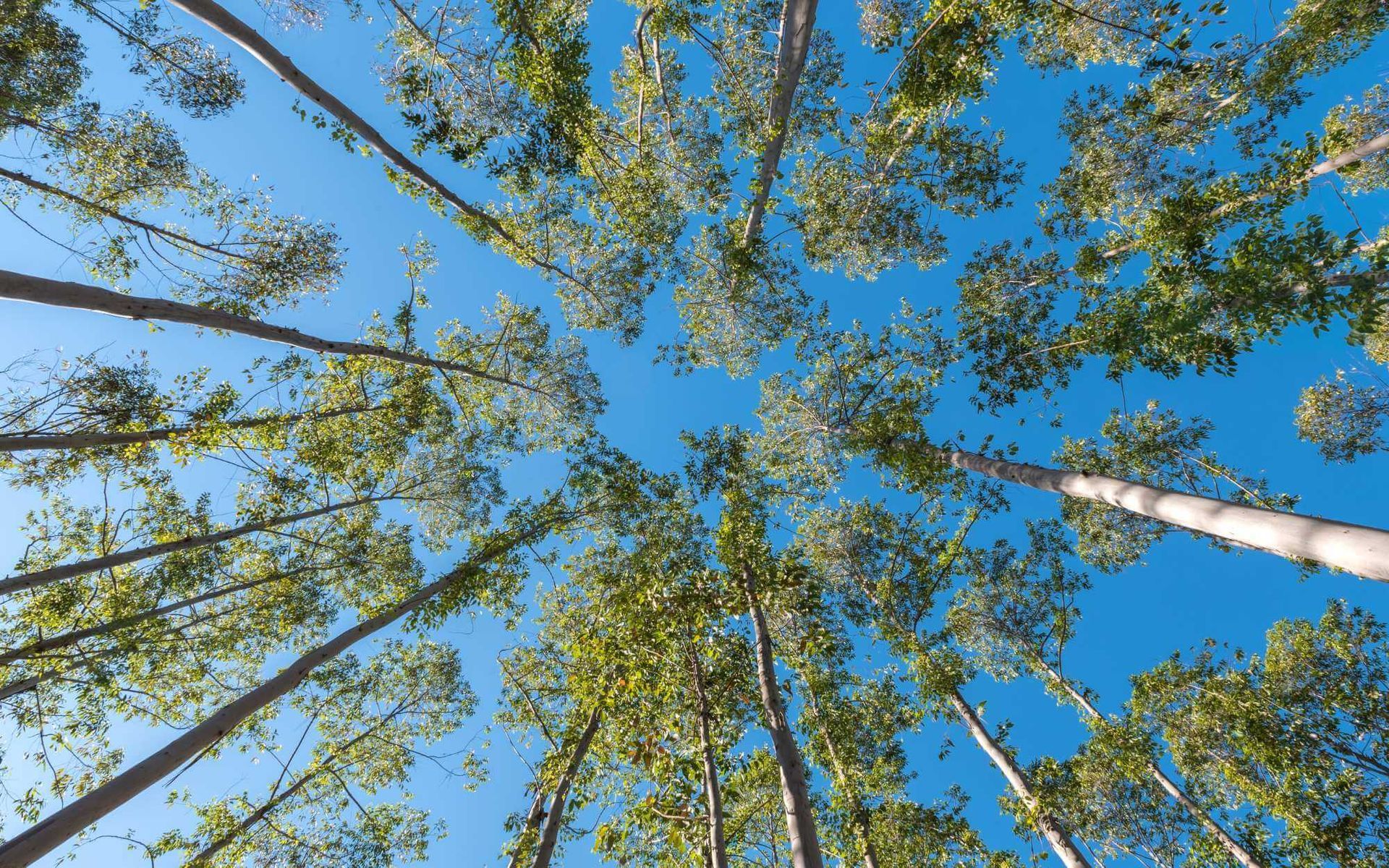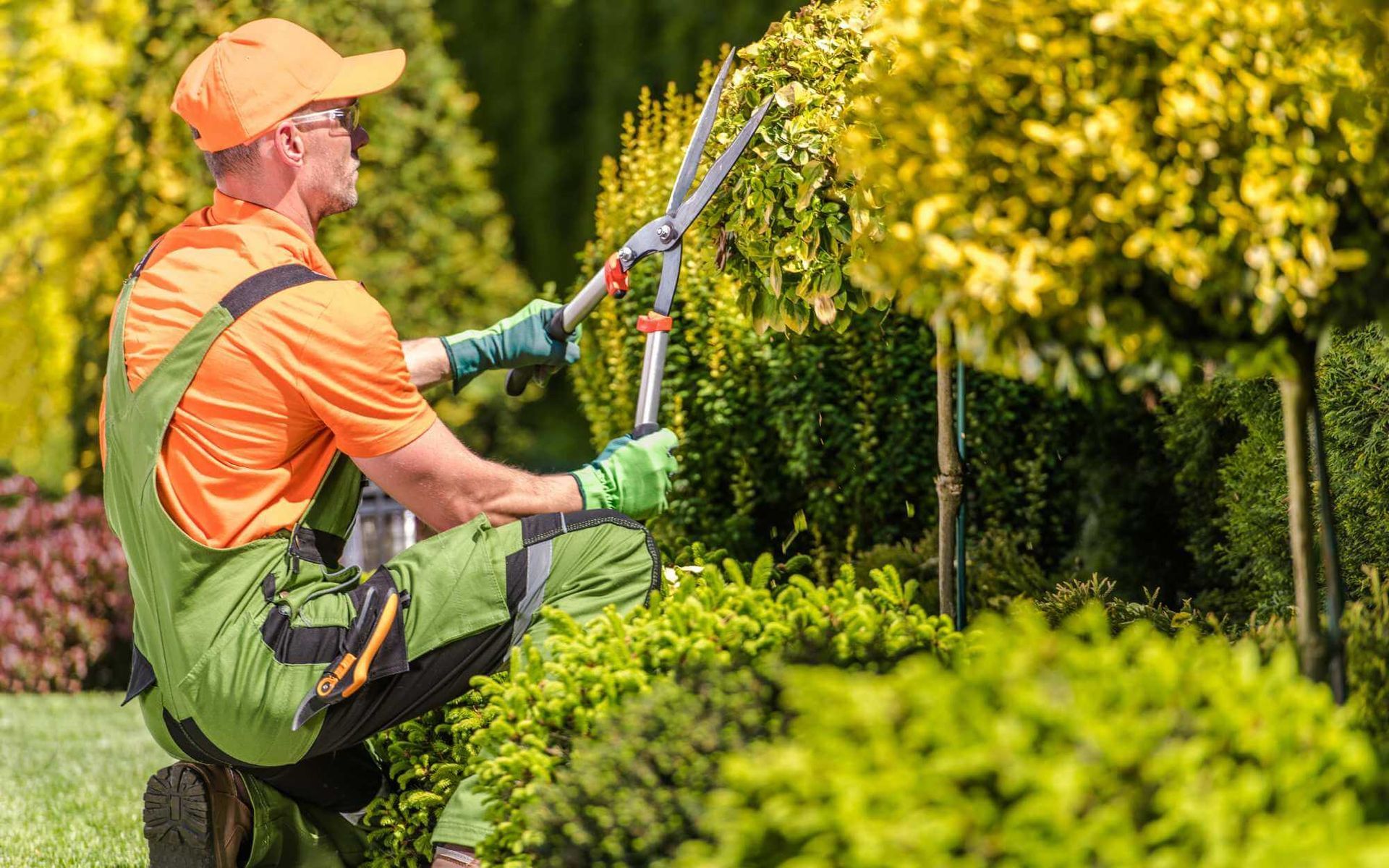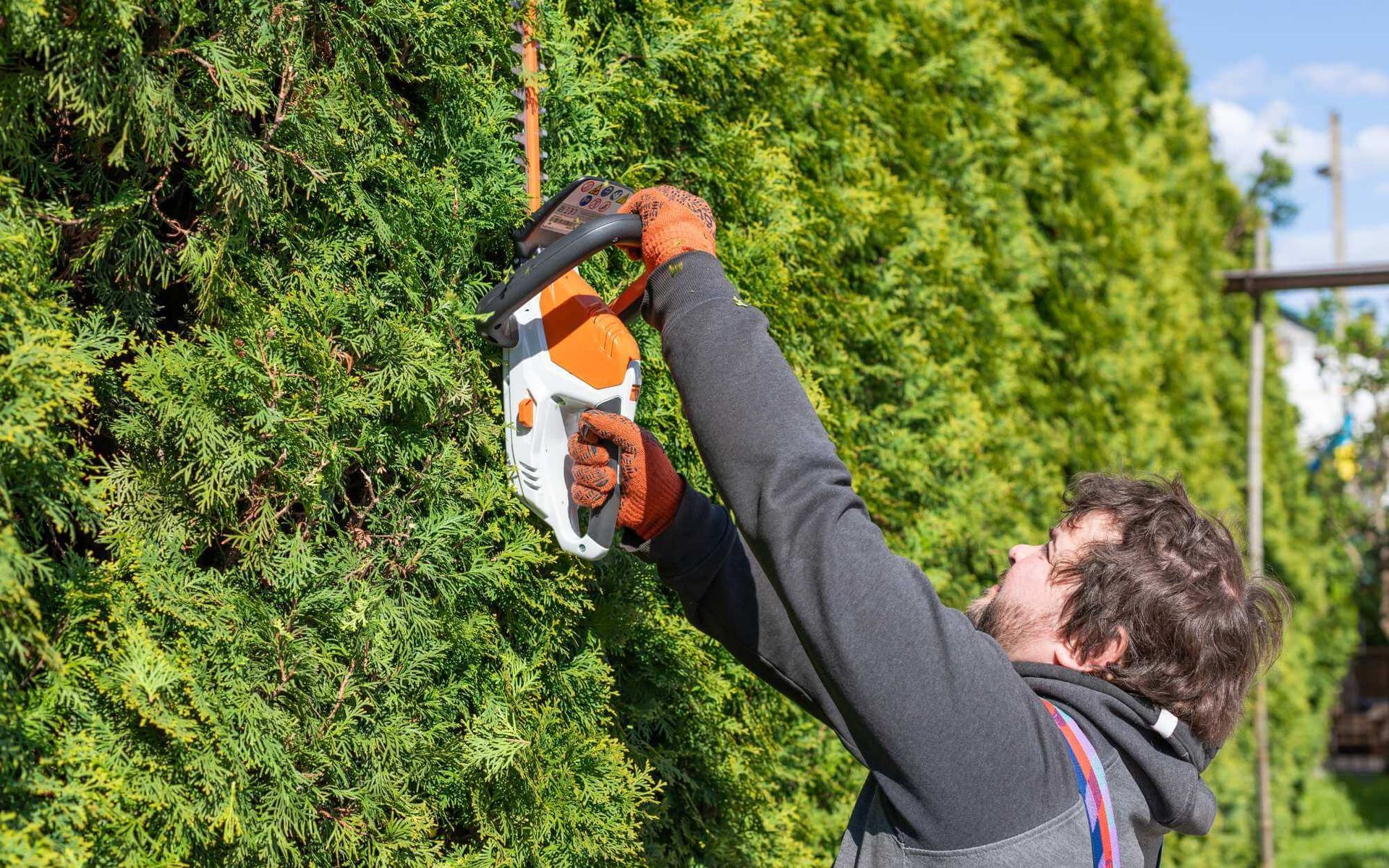Real Tree Team
Arborist, Tree Service and Tree Removal Services
License #: FL-10250A
CALL FOR A FREE QUOTE!
Sculpting Nature: Exploring the Art of Tree Crown Thinning
PUBLISHED ON
SHARE THIS ARTICLE

Welcome to the fascinating world of tree sculpting, where the natural beauty of trees is enhanced and their longevity ensured through a delicate balance of art and science.
One key technique used in this intricate practice is canopy thinning, a process designed to improve a tree's health and aesthetics.
By selectively removing branches to reduce density, canopy thinning allows more sunlight to penetrate the tree and reach the ground, fostering healthier, more balanced growth. But this method isn't just about tree health – it's also about creating a visual masterpiece.
Join us as we delve into the
art and science of canopy thinning, exploring how this technique contributes to nature's sculpting.
The Importance of Canopy Thinning

Canopy thinning plays an essential role in tree health and growth. It enhances sunlight penetration, promoting an even distribution of energy, and improving photosynthesis efficiency. Reducing overcrowding also improves air circulation, decreasing the likelihood of disease. Thinning helps maintain a tree's structural integrity, protecting it against wind damage.
From an aesthetic perspective, canopy thinning ensures a balanced and attractive tree form. It allows arborists to direct the tree's growth, creating visually pleasing shapes and highlighting features such as bark textures or branch patterns.
By revealing these natural art forms, enhancing tree health, and ensuring long-lived trees, canopy thinning blends the practical and the aesthetic, embodying the true essence of tree sculpting.
Techniques for Canopy Thinning
Effective canopy thinning involves a variety of methods and approaches, each aimed at promoting tree health and beauty:
- Selective Pruning: This involves selectively removing specific branches to improve tree structure and aesthetics. It's crucial to start this process from the tree's exterior and progressively work towards the center to maintain balance.
- Crown Reduction: Here, the arborist reduces the overall size of the tree's crown to decrease wind resistance and prevent damage. This should be done carefully to ensure the preservation of the tree's form.
- Crown Lifting: By removing lower branches, this method helps to increase the clearance between the ground and the tree canopy, enhancing accessibility and view, as well as light penetration throughout the canopy.
Canopy thinning should follow these general steps:
- Assess the Tree: Before starting, assess the tree's overall health, growth pattern, and structure. Identify and remove dead and diseased branches.
- Plan Your Cuts: Determine which branches to cut based on the tree's shape and your desired outcome. Avoid removing more than 25% of the tree's canopy at a time.
- Begin Pruning: Start pruning from the exterior, working your way inwards. Always cut branches at their point of attachment to avoid damaging the tree.
- Review and Adjust: Periodically step back to review your work, adjusting your cuts as needed to achieve a balanced, aesthetically pleasing shape.
Remember, the key to successful canopy thinning lies in thoughtful planning, careful execution, and a deep respect for the natural beauty of trees.
Considerations for Aesthetic Tree Enhancement

When using canopy thinning for aesthetic purposes, several factors should be considered:
- Tree Species: Different species have unique growth patterns and respond differently to pruning. Understand the biology of the tree to make suitable decisions.
- Tree Health: Consider the tree's health before starting. Weaker trees may not withstand aggressive pruning.
- Season: Tree trimming should ideally be done in late winter or early spring when trees are dormant. However, some species may require a different timing.
- Shape and Balance: Aim to maintain a natural tree form. Over-pruning can lead to an unbalanced appearance.
- Wildlife Habitat: Some birds and animals rely on trees for shelter. Consider their habitat before pruning.
There are also potential risks associated with canopy thinning:
- Over-thinning: Removing too many branches can stress the tree and make it susceptible to disease or wind damage.
- Improper Cuts: Incorrect pruning can lead to tree decay.
- Safety Hazards: Pruning, especially of large trees, can be dangerous. Use safety gear and consider hiring professionals.
Precautions include:
- Limiting Pruning: Restrict thinning to no more than 25% of the canopy per season to prevent shock.
- Using Sharp Tools: Sharp tools ensure clean cuts that heal quickly.
- Hiring Professionals: If the tree is large or unhealthy, it may be safer to hire professional arborists.
Transforming Trees into Art
Canopy thinning is a tree service that's more than just a method for promoting healthy growth and improving the overall well-being of trees – it's also an art form.
By carefully sculpting the tree, arborists can create stunning visual displays that highlight the unique beauty of each tree. With their expertise in delivering tree care service and balancing aesthetics and science, arborists can transform ordinary trees into natural works of art, adding to the beauty of our surroundings.
Whether for practical or aesthetic purposes, canopy thinning truly brings out the best in trees. Keep this in mind when considering ways to enhance the beauty and health of your trees. Let's continue to appreciate and care for these natural wonders through responsible tree sculpting practices.
Contact us today to schedule a
professional tree pruning service for healthier, more beautiful trees.
Want a free quote or some friendly advice? Call our team today:
More Posts From The Real Tree Blog:
ISA Certified Arborists. Licensed, Insured and Bonded.
Providing the Highest Quality Tree Services to South Florida since 1993.
FOLLOW US ON :
Contact Details
BROWARD & PALM BEACH COUNTIES
Site Links

LGBTQ+ Friendly

ISA Certified Arborist®
FL-10250A
| Real Tree Trimming & Landscaping, Inc




